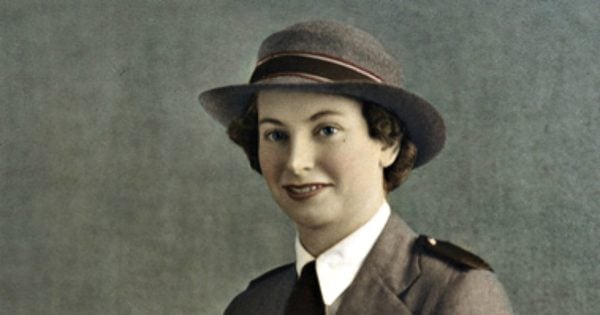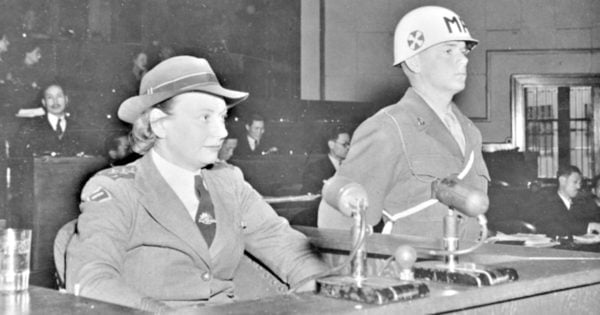Shoulder to shoulder, their Red Crosses worn like armour, the women waded through the water toward the horizon off a remote Indonesian beach.
“Chin up, girls,” said matron Irene Drummond as the sea lapped at their waists. “I’m proud of you and I love you all.”
There were no tears. No screams.
Then came the spray of bullets.
These 22 Australian nurses and sole, elderly civilians were the victims of the WW2 Bangka beach massacre; an atrocity on a small Indonesian island that alone fuelled much of our nation’s anti-Japanese sentiment after the guns fell silent in 1945.
Their lives were taken by machine-gun wielding Japanese troops on the 16 February 1942 – just over 79 years ago – but it took the end of the war for their story to be told, and the miraculous survival of one of them to tell it.
That woman was Vivian Bullwinkel.
The then 26-year-old from Kapunda, South Australia, was one of 124 members of Australian Army Nursing Service forced to flee their station in Malaya as Singapore teetered on the edge of capitulation, the Australian War Memorial notes.






























































































